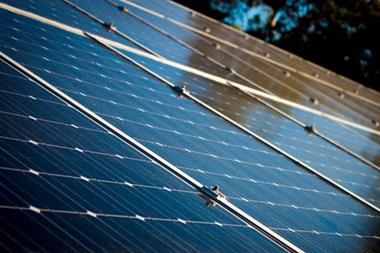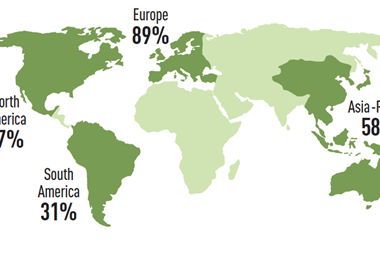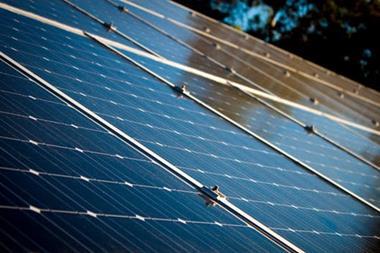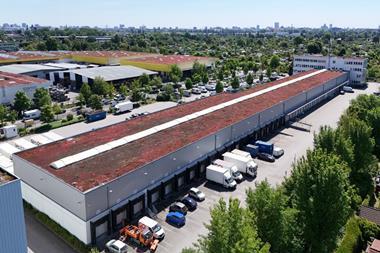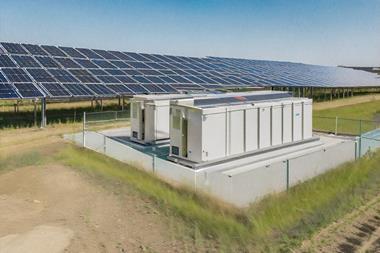The €218bn Dutch asset manager PGGM has acquired a 50% stake in a US portfolio of sustainable energy projects run by EDF Renewables.
The EDF portfolio includes wind farms in Minnesota (generating 200MW) and Oklahoma (154MW) as well as a 234MW solar farm in Nevada.
Although a spokesman for the asset manager declined to provide details about the transaction, he said that PGGM’s minimum investment level for its dedicated infrastructure fund was €200m.
He added that returns were expected to be in line with its net target of 8% to 12% for infrastructure investments.
PGGM said that all projects were subject to “very long-term” contracts for the delivery of electricity to strong players, such as energy companies and other large corporates.
It added that it expected further additions to the infrastructure portfolio.
The asset manager said the acquisition was an extension of its holdings of sustainable energy, which now cover a broad spectrum of different kinds of alternative energy generation and distribution.
According to PGGM, the investments contributed directly to financing the global energy transition away from fossil fuels, while also generating stable cash flows and long-term returns for its main client – the €197bn Dutch healthcare scheme PFZW – as well as its other customers.
PFZW aims to invest €20bn in “solutions” that directly and measurably contribute to solving issues such as climate change, food security, healthcare and clean water by 2020.
Currently, PGGM has invested almost €7bn on its client’s behalf in climate solutions, including through listed and private equity.
Erik van de Brake, PGGM’s head of infrastructure, said that the acquisition showed how pension assets could be invested in long-term infrastructure through private markets.
Last year, PGGM invested approximately €200m in a portfolio of solar panels run by Tesla-owned energy provider SolarCity, the largest solar energy provider in the US.
With the investment, PGGM became co-owner of solar energy systems with a combined capacity of 275MW, supplying 38,000 households across 21 states.
An earlier version of this story misstated the expected returns on the transaction. This was due to an error at source.





